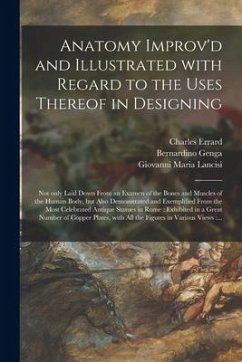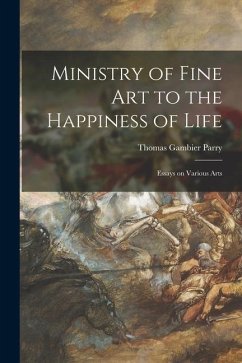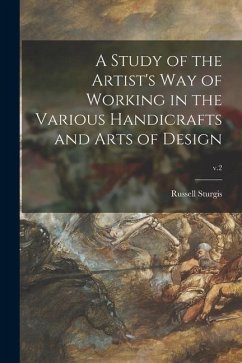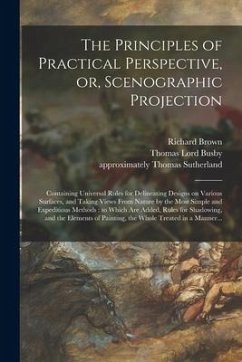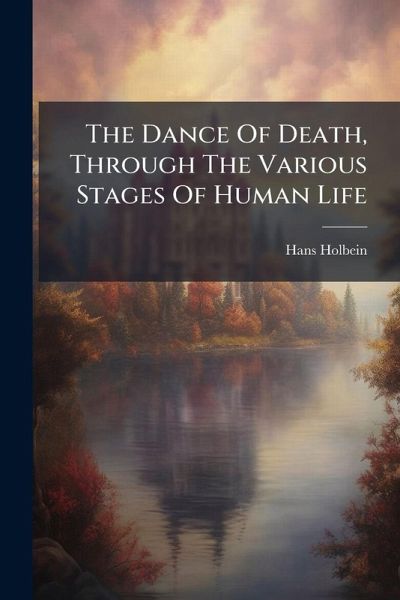
The Dance Of Death, Through The Various Stages Of Human Life
Versandkostenfrei!
Versandfertig in über 4 Wochen
18,99 €
inkl. MwSt.

PAYBACK Punkte
9 °P sammeln!
"The Dance of Death, Through the Various Stages of Human Life" is a renowned series of woodcuts created by Hans Holbein the Younger, a master artist of the Renaissance. This collection presents a powerful and allegorical depiction of mortality, illustrating Death's presence in all aspects of life, from the peasant's humble dwelling to the king's opulent court. Each scene portrays Death leading individuals from various social strata to their inevitable end, serving as a memento mori and a reflection on the fleeting nature of earthly existence. Holbein's intricate designs and profound symbolism ...
"The Dance of Death, Through the Various Stages of Human Life" is a renowned series of woodcuts created by Hans Holbein the Younger, a master artist of the Renaissance. This collection presents a powerful and allegorical depiction of mortality, illustrating Death's presence in all aspects of life, from the peasant's humble dwelling to the king's opulent court. Each scene portrays Death leading individuals from various social strata to their inevitable end, serving as a memento mori and a reflection on the fleeting nature of earthly existence. Holbein's intricate designs and profound symbolism capture the essence of the Renaissance era, blending artistic skill with philosophical contemplation. The series remains a compelling and thought-provoking commentary on life, death, and the human condition. This edition allows readers to experience Holbein's masterpiece and contemplate its enduring message. This work has been selected by scholars as being culturally important, and is part of the knowledge base of civilization as we know it. This work was reproduced from the original artifact, and remains as true to the original work as possible. Therefore, you will see the original copyright references, library stamps (as most of these works have been housed in our most important libraries around the world), and other notations in the work. This work is in the public domain in the United States of America, and possibly other nations. Within the United States, you may freely copy and distribute this work, as no entity (individual or corporate) has a copyright on the body of the work. As a reproduction of a historical artifact, this work may contain missing or blurred pages, poor pictures, errant marks, etc. Scholars believe, and we concur, that this work is important enough to be preserved, reproduced, and made generally available to the public. We appreciate your support of the preservation process, and thank you for being an important part of keeping this knowledge alive and relevant.




